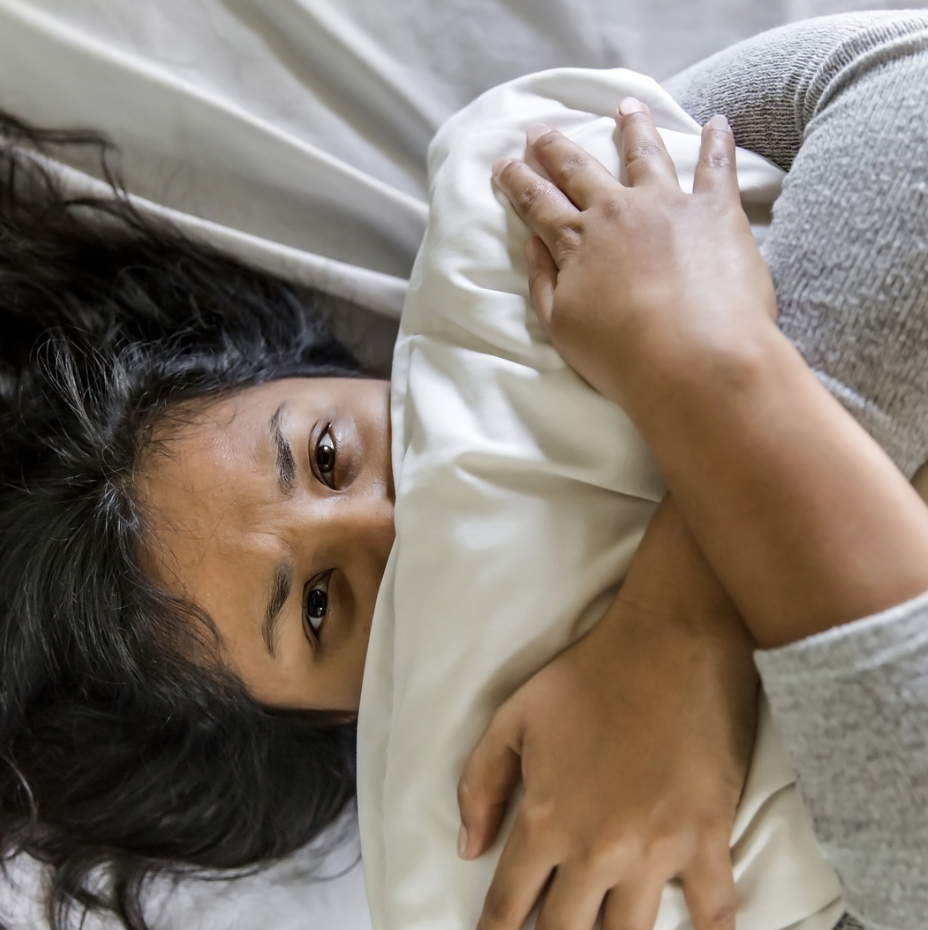I struggle with anxiety. It started as a young girl and has waxed and waned throughout my adult life. Sometimes I deal with a low-grade chronic anxiety where I continually scan my environment for danger even though I am safe. At other times I have panic attacks where I hyperventilate, my heart beats like crazy, and I cannot think straight. Unfortunately these panic attacks started after I was diagnosed with Covid and I am on a mission to add more tools to my toolbox in order to cope ahead and learn ways to regulate these feelings.
What Is Anxiety Disorder?
Anxiety disorders are mental illnesses that cause chronic and overwhelming anxiety and fear. Extreme anxiety can lead to missed work, school and other social situations that trigger the anxiety symptoms. According to recent date, an estimated 19.1% of adults in the United States had an anxiety disorder in the last year. The prevalence of anxiety disorders is higher for females as compared to males.
Types of anxiety disorders include generalized anxiety disorder, panic disorder, and phobia-related disorders. Symptoms include:
- Feelings of anxiety, panic, or doom
- Rumination (thinking of something over and over again)
- Hyperventilation
- Heart palpitations
- Sweating
- Dry mouth
- Dizziness
- Insomnia or sleep issues
- Shakiness
- Tense muscles
- Lack of concentration
- Obsessively avoiding feared phobias (snakes, the dark)
There are multiple modalities for anxiety treatment including the use of psychotropic medications, cognitive-behavioral therapy, fear response and exposure, dialectical behavioral therapy, mindfulness, eating changes, movement and using sensory objects.
What Is Sensory Overload?
Anxiety and sensory overload are connected. Sensory overload is when our five senses (sight, hearing, smell, touch, and taste) take in more information than our brains can process. When this happens, our body enters into the fight, flight, or freeze response. We may feel unsafe, panic, and anxiety. Even if you are safe it feels like a crisis. People are triggered in different type of environments including, being around loud noise, emotional people, around strong smells, and transitioning to quick changes with surroundings.
Sensory objects are one way to regulate your emotions, specifically anxiety, in these times. For me I sit with a weighted blanket around me or take a warm bath. There are so many options out there and I wanted to share these with you.
Here are some sensory objects that may be helpful to regulate your anxiety:
- Weighted lap pad, blanket, or stuffed animal
- Fidget cube or spinner
- Therapy dough or putty
- Stress balls
- Spiky sensory rings
- Physioball (for sitting or rolling)
- Push pop bubble fidget sensory toy
- Rubik’s cube
- Tangle
- Bracelet or hair-tie
- An item from your loved one such as a scarf or t-shirt
Try each object and see which ones are helpful to you. Maybe bringing a weighted lap pad to work can help reduce your afternoon anxiety or playing with therapy dough during math class can help decrease your worry and fidgetiness. You may want to keep some objects at home, work or in your car and/or keep smaller items in your backpack or pocketbook.
Warmly,
Meredith


Add Comment